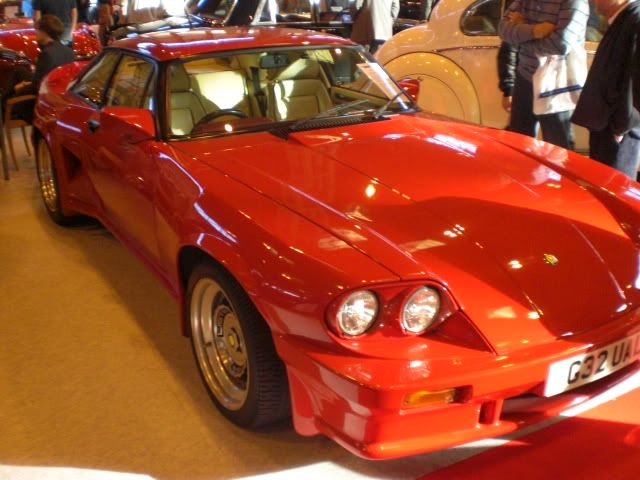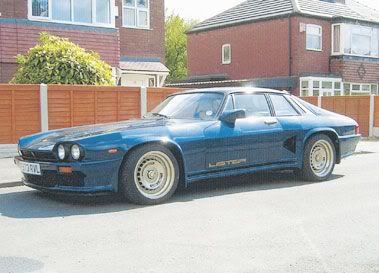If you're gonna do one Jag touring car, might as well do the other famous one. Words (for the most part) from here.
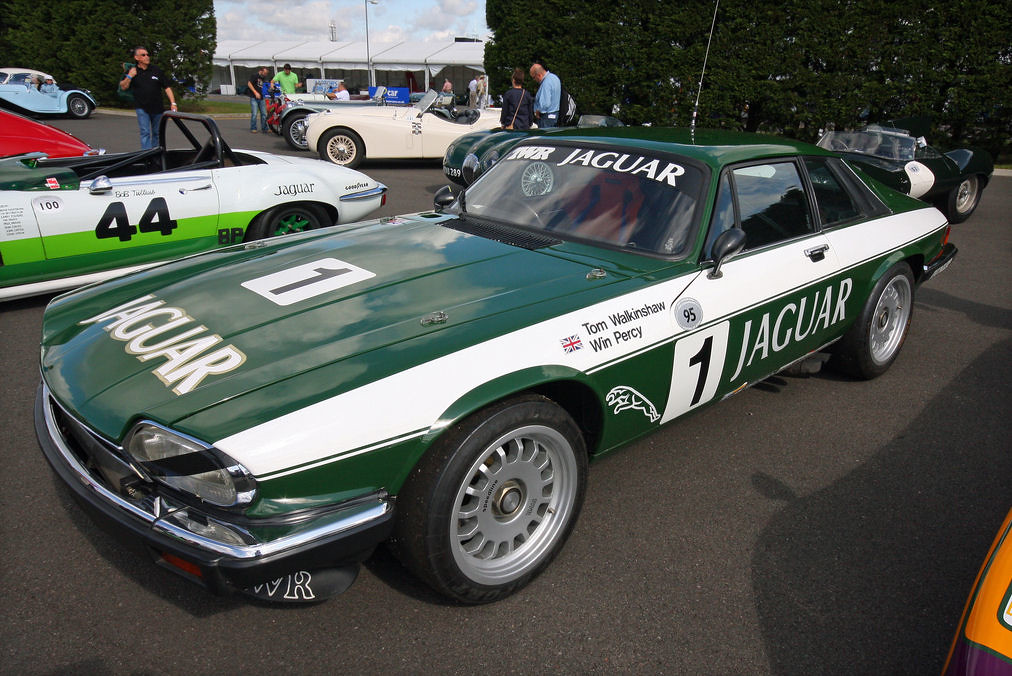
Early in 1982, Tom Walkinshaw approached Jaguar's John Egan with the idea of campaigning the most recent Jaguar XJ-S in the European Touring Car Championship (ETCC). The Scotsman had previously successfully prepared and raced cars from the likes of BMW, Rover, Mazda and Ford. Despite being relatively heavy, the XJ-S had caught his eye because it had independent suspension and could run the widest tyres permitted by the regulations.
Although Egan was very eager to get Jaguar back in to racing, he was hesitant at first because an earlier attempt to turn the XJ-S into a competition car had not brought the expected success. He finally did strike a deal to support the Tom Walkinshaw Racing (TWR) effort, establishing a partnership that would last for over a decade. It is believed that one of the reasons for Egan to return to racing was to make Jaguar more attractive for investors to buy it free from then owner British Leyland.
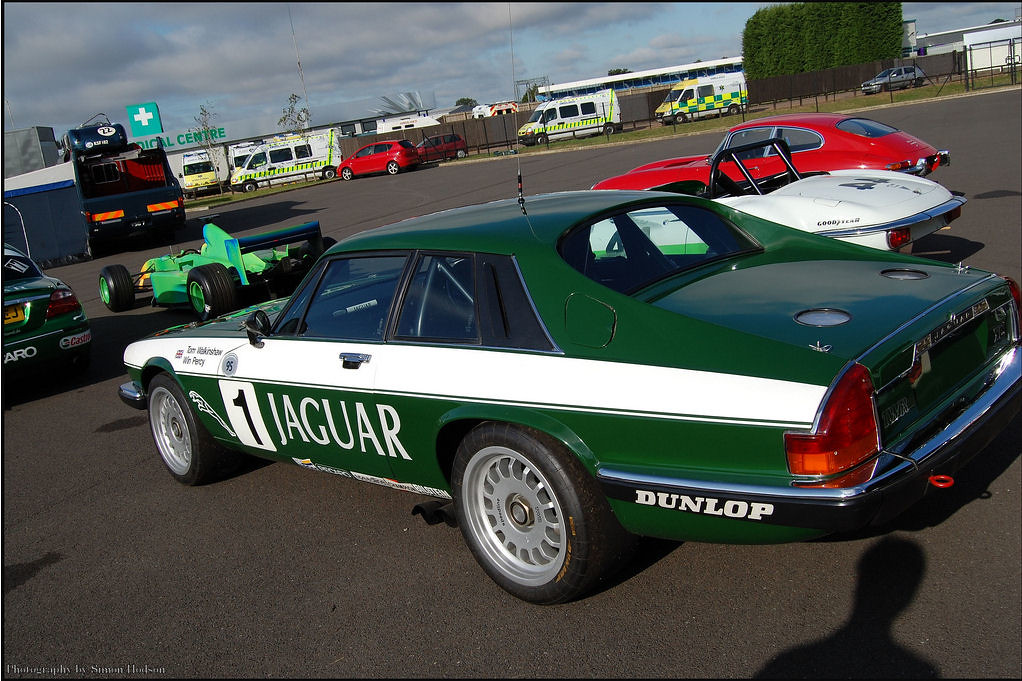

Regulations for the Group A class used from 1982 onwards were relatively right, which is why Walkinshaw had searched for a suitable base car before starting his work. Another advantage of the XJ-S was its standard fuel-injected V12 engine, which produced around 400 bhp in competition trim. Most of TWR's early modifications focused on adding safety features to the car like a full roll-cage. The suspension was also stiffened and lowered, but without altering the geometry and together with wheels that allowed the widest possible Dunlop tyres was the sum of the modifications for then.
Liveried in the red and black colours of principle sponsor Motul, the Group XJ-S Jaguar debuted at the ETCC season opener at Monza. The Walkinshaw and Chuck Nicholson driven example immediately qualified second on the grid behind the fastest of the BMWs. In the race the gearbox failed resulting in an early retirement. The car was on the pole for the second race but it took until the fifth race of the season before a trouble-free race could be converted into a victory. TWR went on to win three of the final four races but just missed out on the championship.
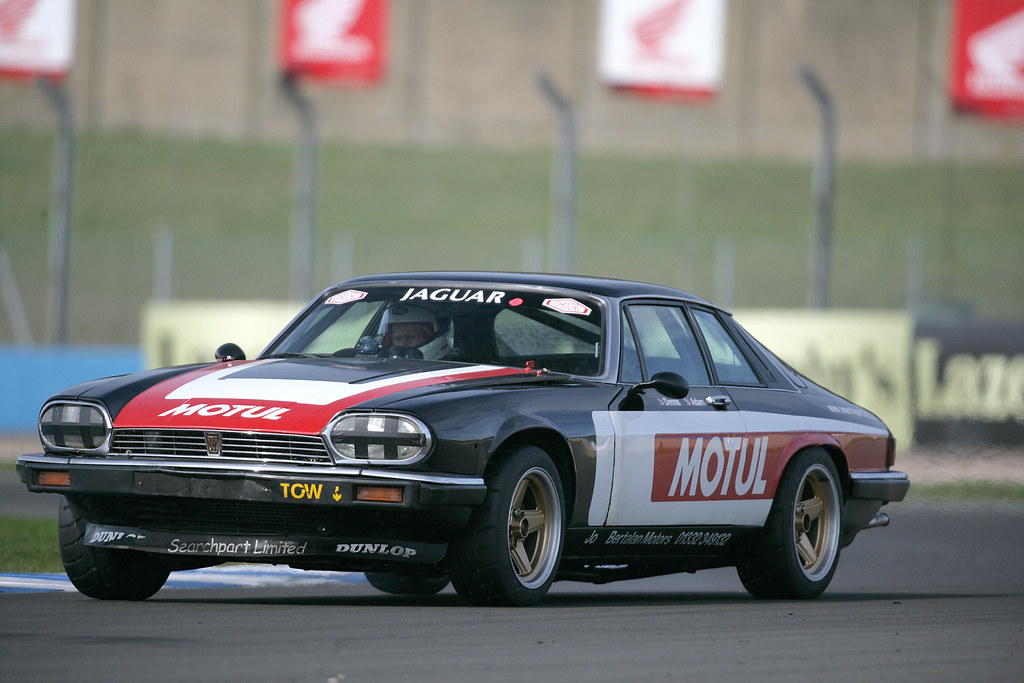
Stiffer competition lined up for the next season, including the brand new BMW 635 CSi built by Schnitzer and Eggenberger, both with support from Munich and also the V8-engined Rover Vitesse that had been developed for British Leyland by none other than TWR. Throughout the year the Jaguars and BMWs raced side by side. With six victories against five, the Germans just pipped the British team. Walkinshaw himself finished second in the driver's standings behind BMW driver Dieter Quester.
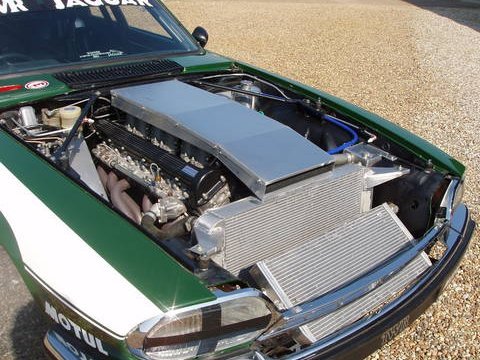
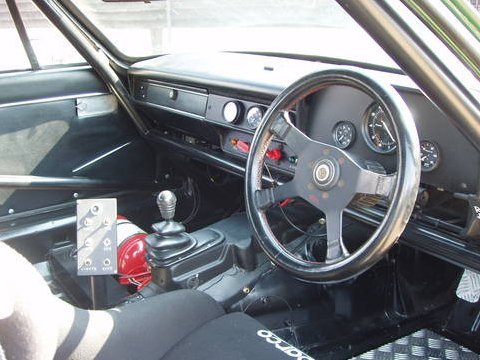
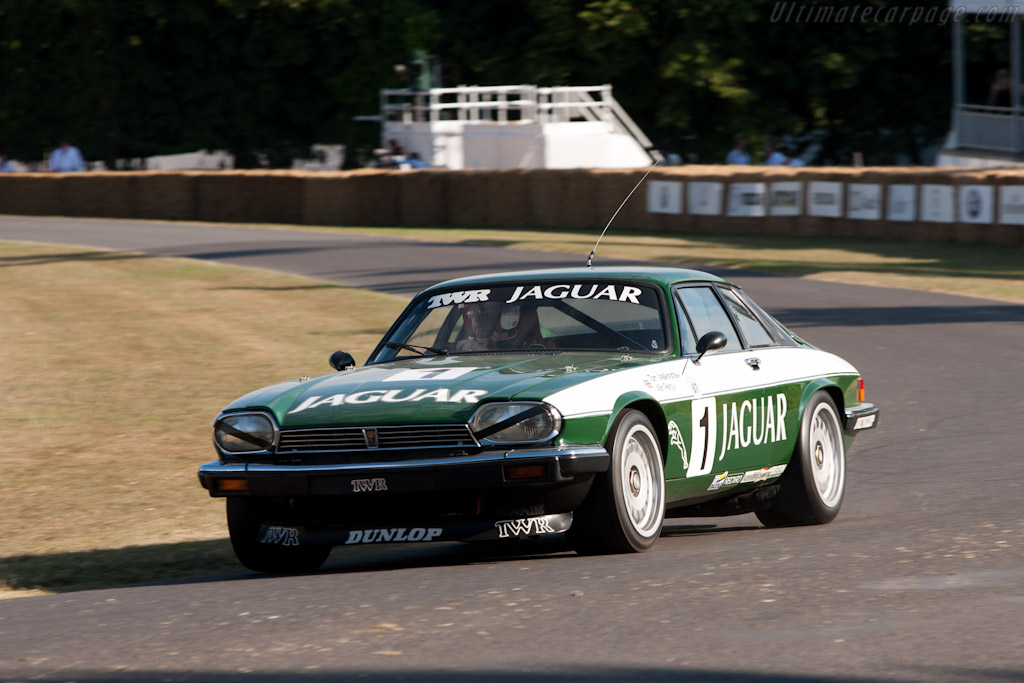
Stiffer competition lined up for the next season, including the brand new BMW 635 CSi built by Schnitzer and Eggenberger, both with support from Munich and also the V8-engined Rover Vitesse that had been developed for British Leyland by none other than TWR. Throughout the year the Jaguars and BMWs raced side by side. With six victories against five, the Germans just pipped the British team. Walkinshaw himself finished second in the driver's standings behind BMW driver Dieter Quester.
Disappointed by missing out on both championships, TWR revised the XJ-S thoroughly for the 1984 season. Walkinshaw miraculously managed to convince the sport's governing body to allow him to fit the V12 with high-lift valves that had originally been developed by Cosworth for the DFV F1 engine. Cosworth also supplied new pistons. This enabled the engine to rev reliably to 7300 rpm, increasing the power to 450 bhp. Now independent, Jaguar increased its support and three cars were fielded, painted British Racing Green and sporting big Jaguar stickers.
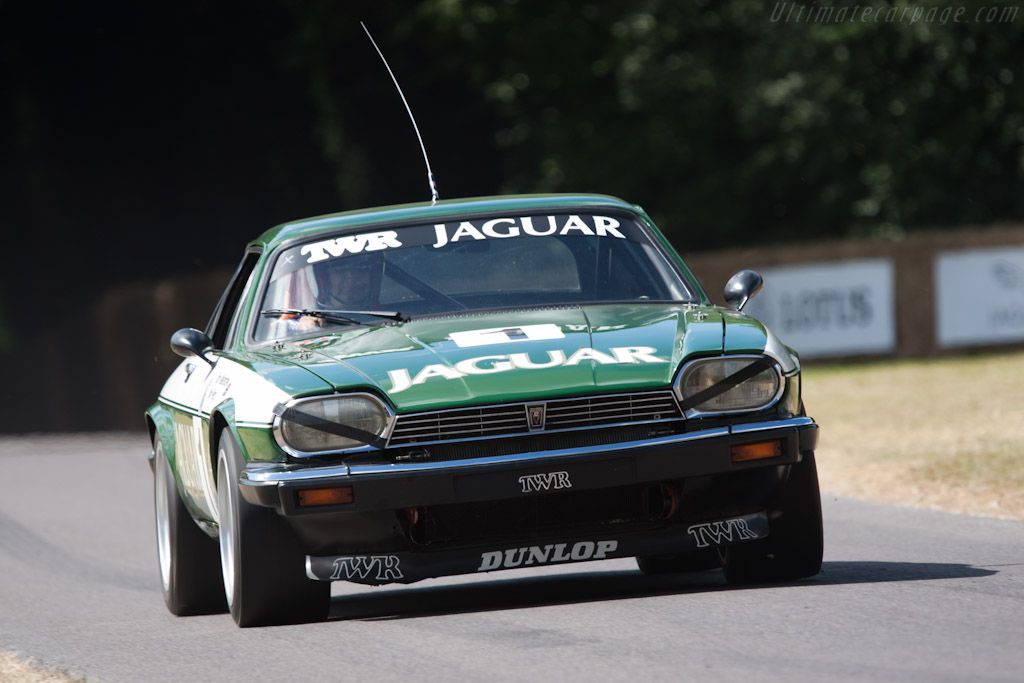
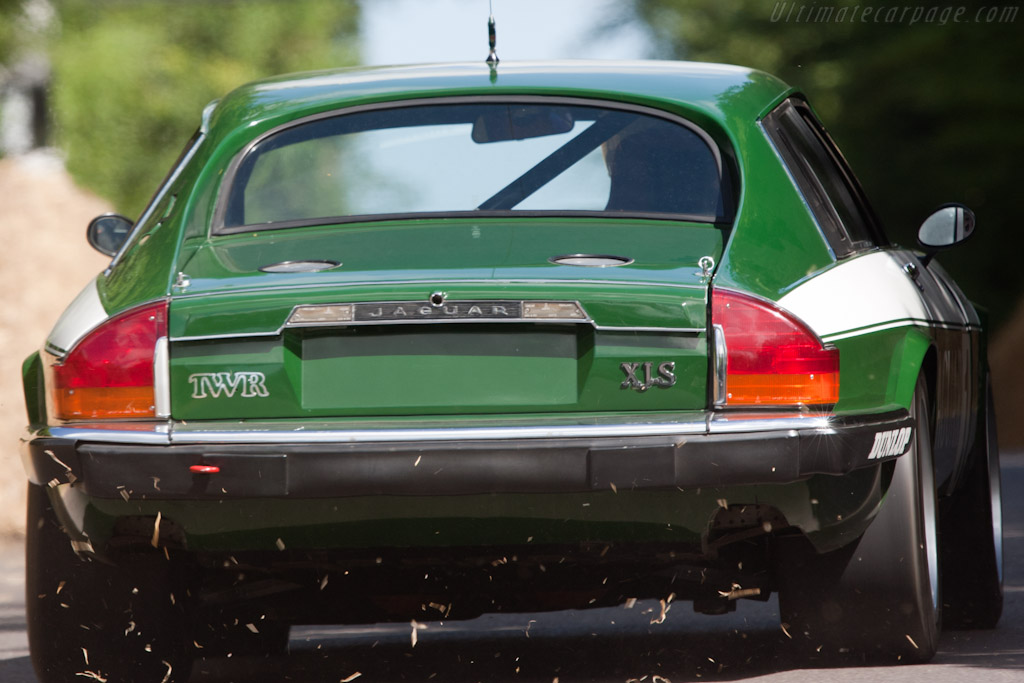
In its new guise, the Group A XJ-S dominated the 1984 season. The TWR team took seven victories, including two 1-2-3 finishes. Among them was also a win in the Spa 24 Hours for Walkinshaw and Win Percy. This was the first '24-hour' success for Jaguar since the D-Type's last Le Mans win back in 1957. Walkinshaw was convincingly CROWNed champion at the end of the year. A privately entered example also took a victory in the 1985 edition of Australia's endurance classic, the Bathurst 1000, after the works-backed example dropped from the lead with an oil leak.
TWR continued to field the highly successful cars throughout the world well into 1986 but had turned its focus on an even more ambitious program; taking Jaguar back to Le Mans. Using the same V12 engine as a basis, TWR developed a range of Group C cars that would go on to win several World Championships and take two victories at Le Mans. The XJ-S Group A was a formidable racer in its own right but was also crucial in creating the fantastic TWR and Jaguar partnership that resulted in some of the two companies' biggest successes.
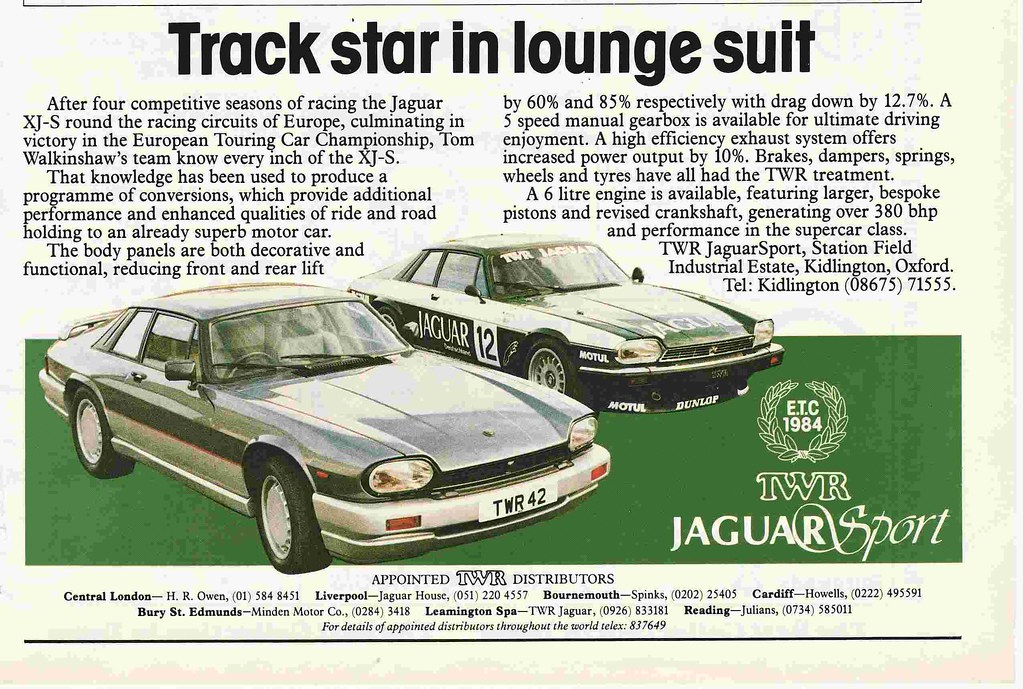
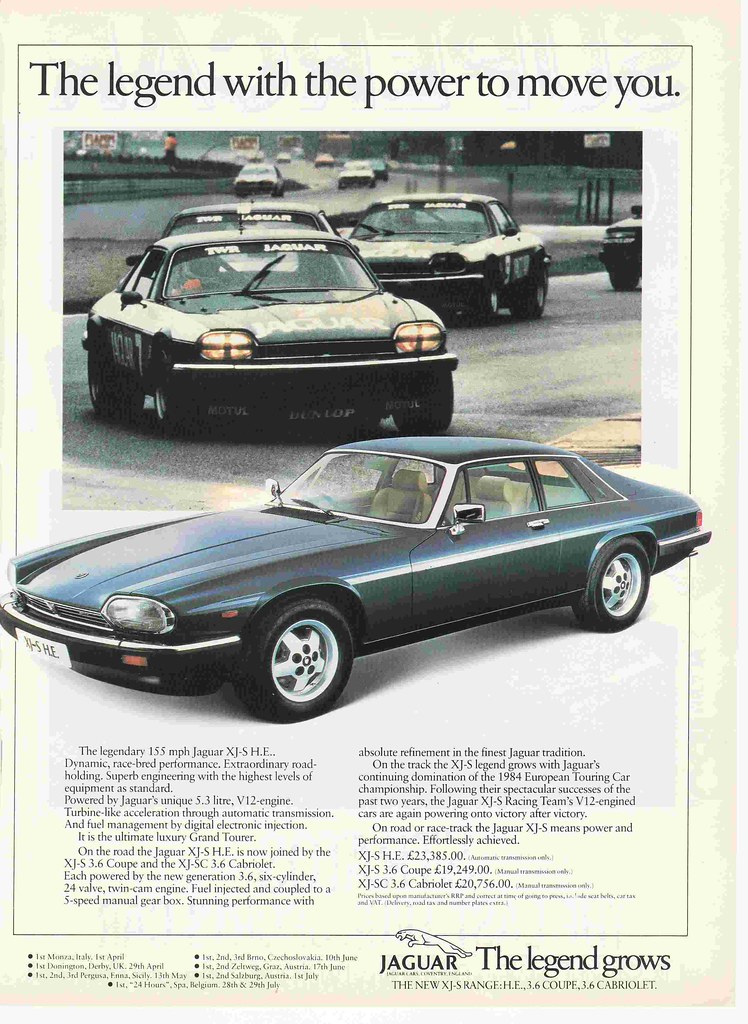
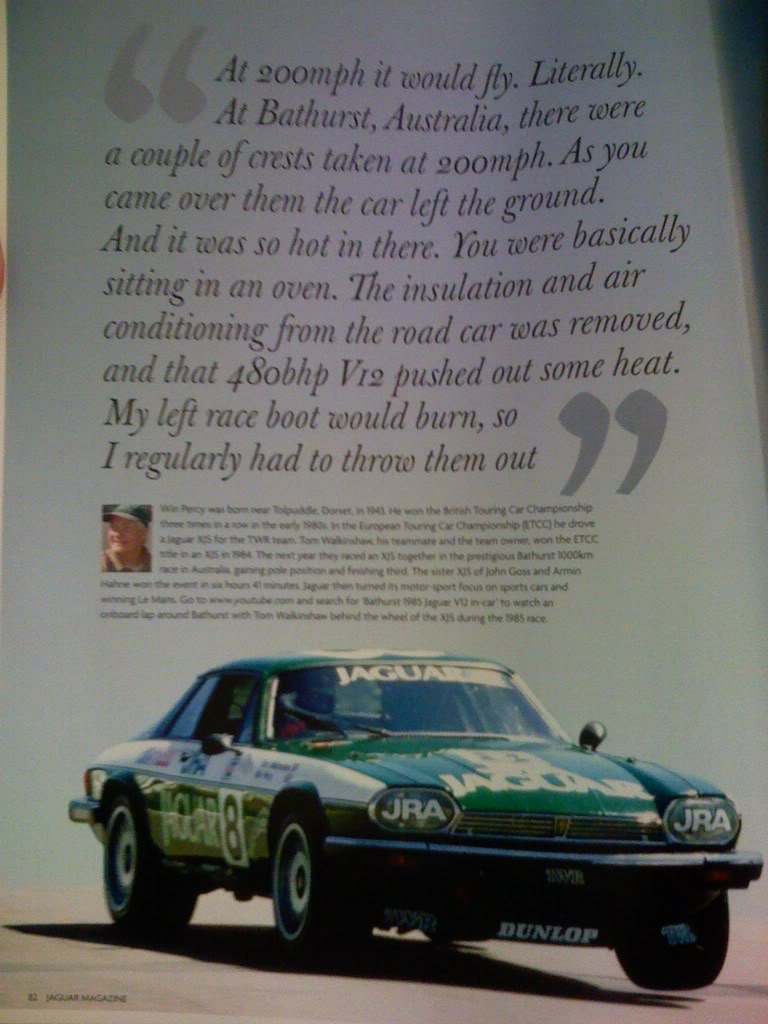

Early in 1982, Tom Walkinshaw approached Jaguar's John Egan with the idea of campaigning the most recent Jaguar XJ-S in the European Touring Car Championship (ETCC). The Scotsman had previously successfully prepared and raced cars from the likes of BMW, Rover, Mazda and Ford. Despite being relatively heavy, the XJ-S had caught his eye because it had independent suspension and could run the widest tyres permitted by the regulations.
Although Egan was very eager to get Jaguar back in to racing, he was hesitant at first because an earlier attempt to turn the XJ-S into a competition car had not brought the expected success. He finally did strike a deal to support the Tom Walkinshaw Racing (TWR) effort, establishing a partnership that would last for over a decade. It is believed that one of the reasons for Egan to return to racing was to make Jaguar more attractive for investors to buy it free from then owner British Leyland.


Regulations for the Group A class used from 1982 onwards were relatively right, which is why Walkinshaw had searched for a suitable base car before starting his work. Another advantage of the XJ-S was its standard fuel-injected V12 engine, which produced around 400 bhp in competition trim. Most of TWR's early modifications focused on adding safety features to the car like a full roll-cage. The suspension was also stiffened and lowered, but without altering the geometry and together with wheels that allowed the widest possible Dunlop tyres was the sum of the modifications for then.
Liveried in the red and black colours of principle sponsor Motul, the Group XJ-S Jaguar debuted at the ETCC season opener at Monza. The Walkinshaw and Chuck Nicholson driven example immediately qualified second on the grid behind the fastest of the BMWs. In the race the gearbox failed resulting in an early retirement. The car was on the pole for the second race but it took until the fifth race of the season before a trouble-free race could be converted into a victory. TWR went on to win three of the final four races but just missed out on the championship.

Stiffer competition lined up for the next season, including the brand new BMW 635 CSi built by Schnitzer and Eggenberger, both with support from Munich and also the V8-engined Rover Vitesse that had been developed for British Leyland by none other than TWR. Throughout the year the Jaguars and BMWs raced side by side. With six victories against five, the Germans just pipped the British team. Walkinshaw himself finished second in the driver's standings behind BMW driver Dieter Quester.



Stiffer competition lined up for the next season, including the brand new BMW 635 CSi built by Schnitzer and Eggenberger, both with support from Munich and also the V8-engined Rover Vitesse that had been developed for British Leyland by none other than TWR. Throughout the year the Jaguars and BMWs raced side by side. With six victories against five, the Germans just pipped the British team. Walkinshaw himself finished second in the driver's standings behind BMW driver Dieter Quester.
Disappointed by missing out on both championships, TWR revised the XJ-S thoroughly for the 1984 season. Walkinshaw miraculously managed to convince the sport's governing body to allow him to fit the V12 with high-lift valves that had originally been developed by Cosworth for the DFV F1 engine. Cosworth also supplied new pistons. This enabled the engine to rev reliably to 7300 rpm, increasing the power to 450 bhp. Now independent, Jaguar increased its support and three cars were fielded, painted British Racing Green and sporting big Jaguar stickers.


In its new guise, the Group A XJ-S dominated the 1984 season. The TWR team took seven victories, including two 1-2-3 finishes. Among them was also a win in the Spa 24 Hours for Walkinshaw and Win Percy. This was the first '24-hour' success for Jaguar since the D-Type's last Le Mans win back in 1957. Walkinshaw was convincingly CROWNed champion at the end of the year. A privately entered example also took a victory in the 1985 edition of Australia's endurance classic, the Bathurst 1000, after the works-backed example dropped from the lead with an oil leak.
TWR continued to field the highly successful cars throughout the world well into 1986 but had turned its focus on an even more ambitious program; taking Jaguar back to Le Mans. Using the same V12 engine as a basis, TWR developed a range of Group C cars that would go on to win several World Championships and take two victories at Le Mans. The XJ-S Group A was a formidable racer in its own right but was also crucial in creating the fantastic TWR and Jaguar partnership that resulted in some of the two companies' biggest successes.









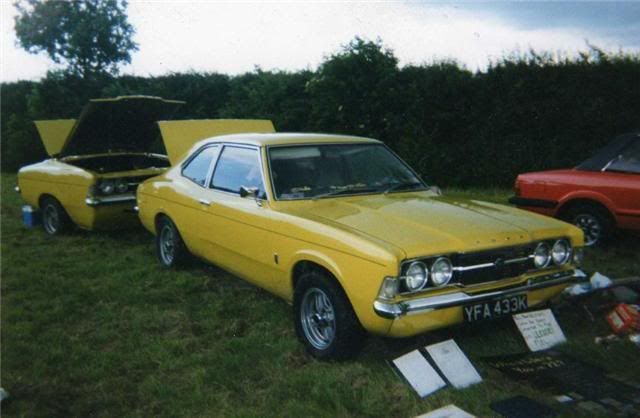





 I would have a facelift 4.0 in a heartbeat!
I would have a facelift 4.0 in a heartbeat!








